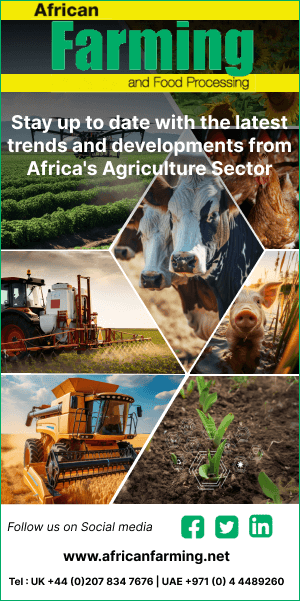Researchers from SMART, MIT, and TLL have developed the world’s first near-infrared nanosensor that can detect the plant hormone auxin (IAA) in real time, non-invasively, and across species
The innovation comes from the Disruptive and Sustainable Technologies for Agricultural Precision (DiSTAP) Interdisciplinary Research Group at the Singapore-MIT Alliance for Research and Technology (SMART), MIT’s research centre in Singapore, in collaboration with Temasek Life Sciences Laboratory (TLL) and the Massachusetts Institute of Technology (MIT). The nanosensor detects indole-3-acetic acid (IAA), the primary natural auxin responsible for regulating plant growth, development and stress responses.
Auxins like IAA influence critical functions including cell division and elongation, root and shoot development, and plant adaptation to changing environmental conditions such as light, temperature and drought. When auxin levels are disrupted, plants may experience reduced growth and productivity.
Conventional IAA detection methods such as liquid chromatography are destructive and lab-intensive, while existing biosensors often require genetically engineered plants that emit fluorescence — an approach unsuitable for many crops and not applicable in real time.
The newly developed nanosensor overcomes these limitations. It enables real-time, accurate tracking of auxin levels in intact plants using near-infrared (NIR) imaging. The sensor is effective even in tissues with high chlorophyll content, like leaves and roots, and works without genetic modification, making it scalable for use in research and commercial agriculture.
Farmers can use the sensor’s continuous auxin readings to optimise irrigation, fertilisation and crop care based on each plant’s actual condition. This not only improves yields and stress tolerance but also contributes to more efficient, sustainable agricultural practices.
“We need new technologies to address the problems of food insecurity and climate change worldwide. Auxin is a central growth signal within living plants, and this work gives us a way to tap it to give new information to farmers and researchers. The applications are many, including early detection of plant stress, allowing for timely interventions to safeguard crops. For urban and indoor farms, where light, water and nutrients are already tightly controlled, this sensor can be a valuable tool in fine-tuning growth conditions with even greater precision to optimise yield and sustainability,” remarked Michael Strano, co-lead principal investigator at DiSTAP and Carbon P Dubbs professor of chemical engineering at MIT, and co-corresponding author of the paper.
Published in the journal ACS Nano, the paper is titled “A Near-Infrared Fluorescent Nanosensor for Direct and Real-Time Measurement of Indole-3-Acetic Acid in Plants.” The sensor is made from single-walled carbon nanotubes wrapped in a custom polymer that fluoresces in response to IAA. It has been successfully tested in Arabidopsis, Nicotiana benthamiana, spinach and choy sum under various environmental stress conditions, including low light and heat.
“This sensor builds on DiSTAP’s ongoing work in nanotechnology and the CoPhMoRe technique, which has already been used to develop other sensors that can detect important plant compounds such as gibberellins and hydrogen peroxide. By adapting this approach for IAA, we're adding to our inventory of novel, precise and non-destructive tools for monitoring plant health. Eventually, these sensors can be multiplexed, or combined, to monitor a spectrum of plant growth markers for more complete insights into plant physiology,” said Dr Duc Thinh Khong, principal research scientist at DiSTAP and co-first author of the paper.
“This small but mighty nanosensor tackles a long-standing challenge in agriculture: the need for a universal, real-time and non-invasive tool to monitor plant health across various species. Our collaborative achievement not only empowers researchers and farmers to optimise growth conditions and improve crop yield and resilience, but also advances our scientific understanding of hormone pathways and plant-environment interactions,” commented Dr In-Cheol Jang, senior principal investigator at TLL and principal investigator at DiSTAP, and co-corresponding author of the paper.
The researchers are now working to combine this nanosensor with additional platforms that detect related hormone metabolites to create a comprehensive hormone-signalling map. They are also developing microneedle-based sensors for highly localised tissue monitoring and are collaborating with urban farming companies to bring the technology to field-ready deployment.



































